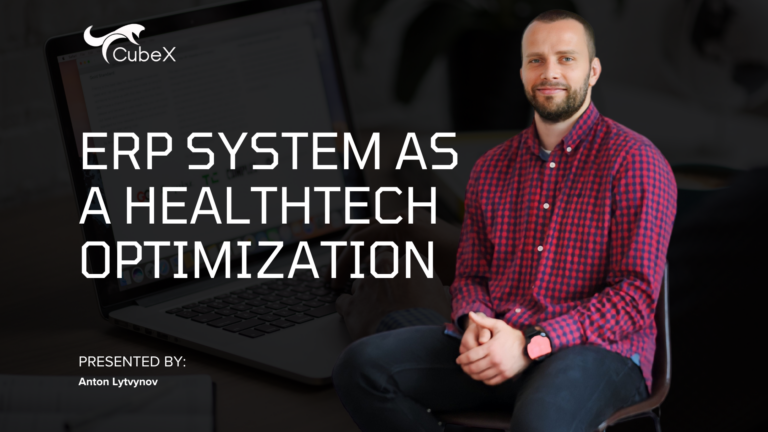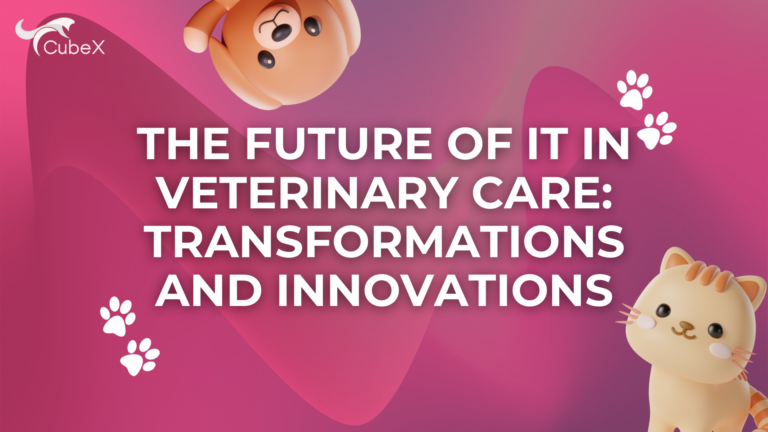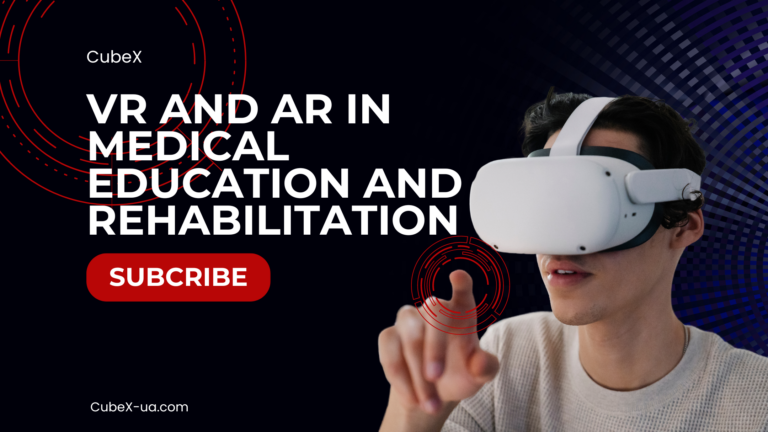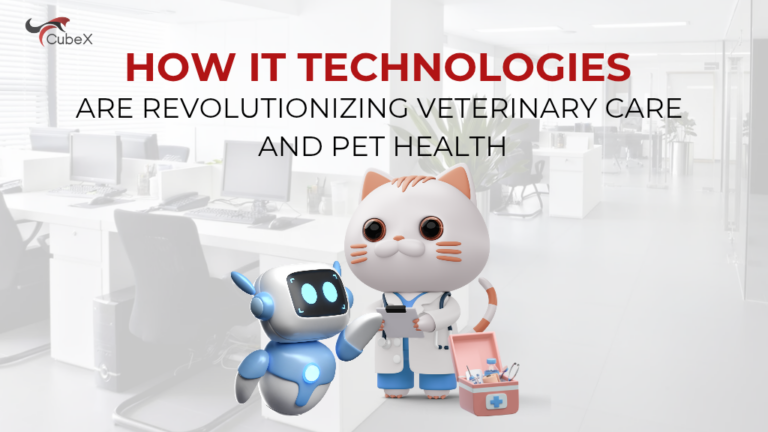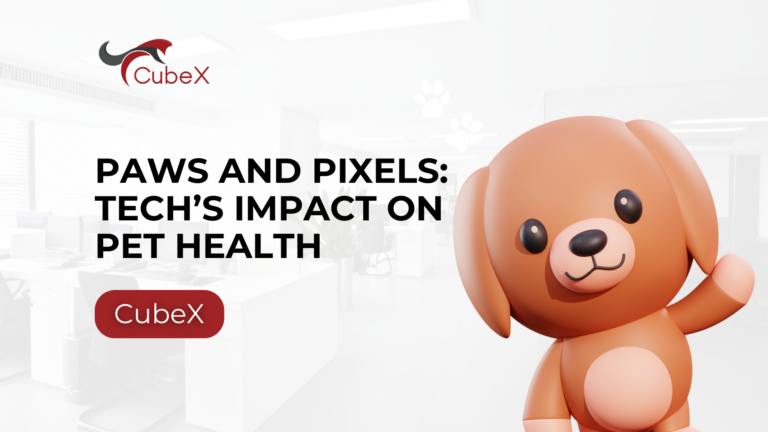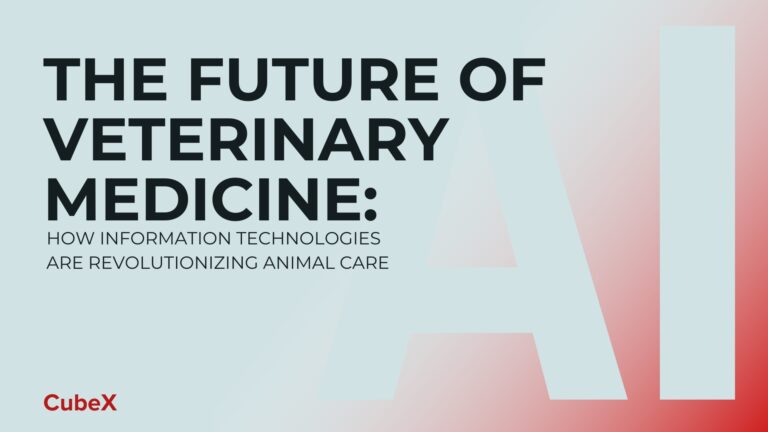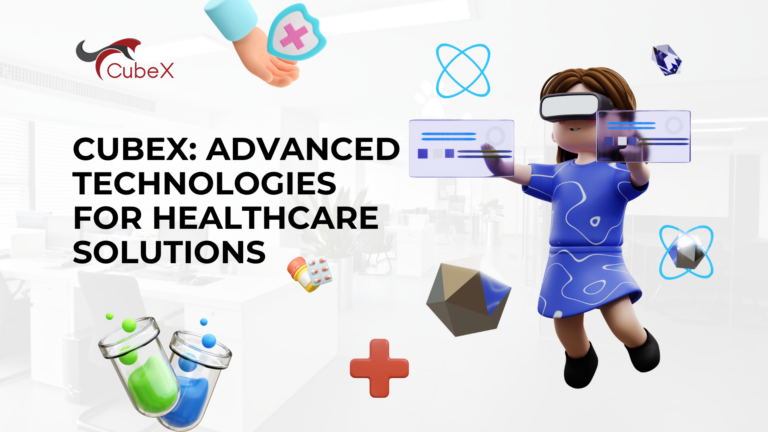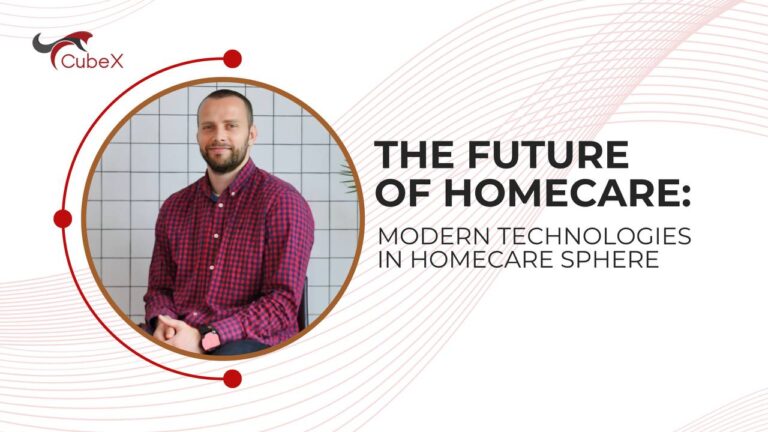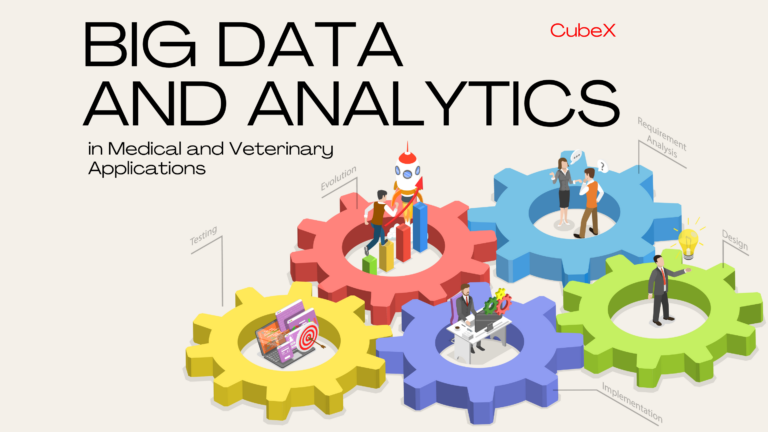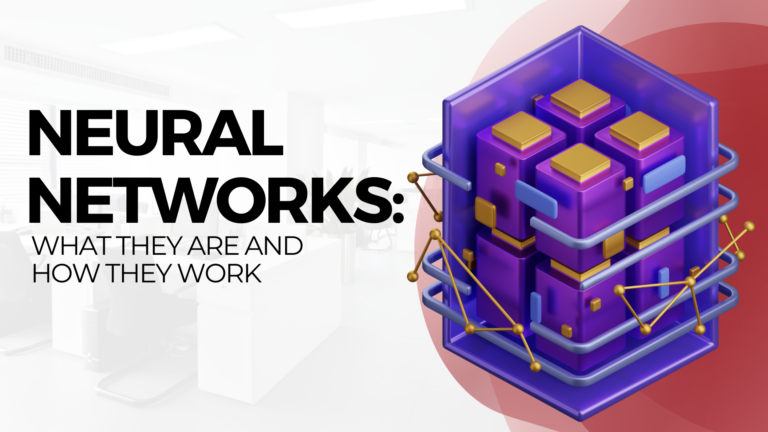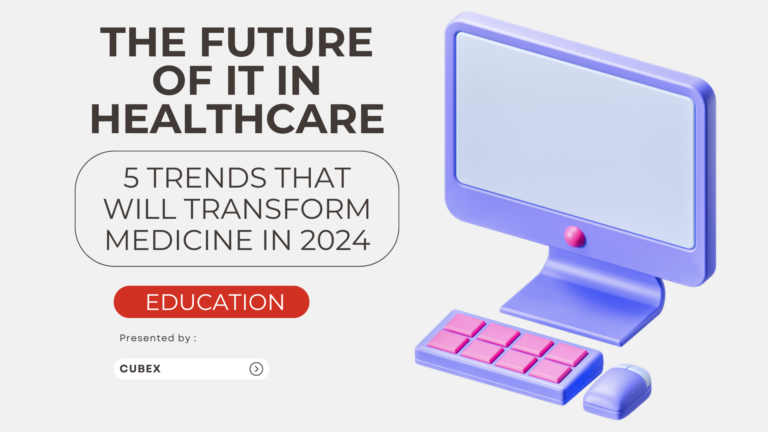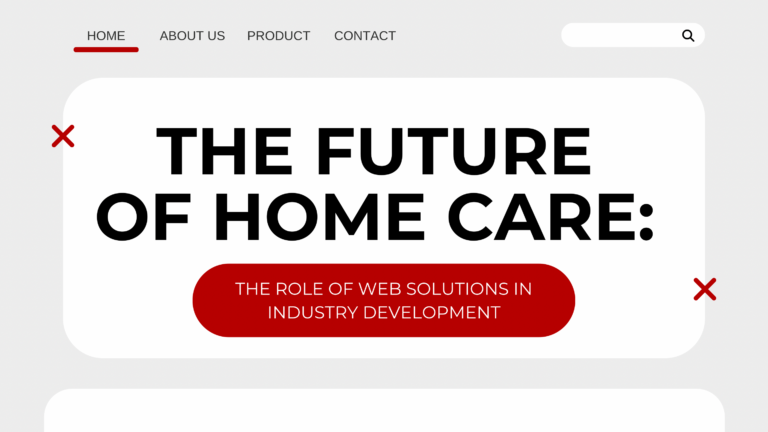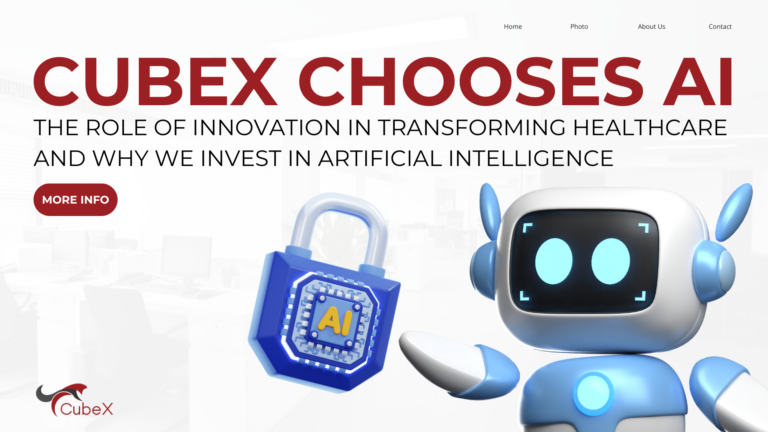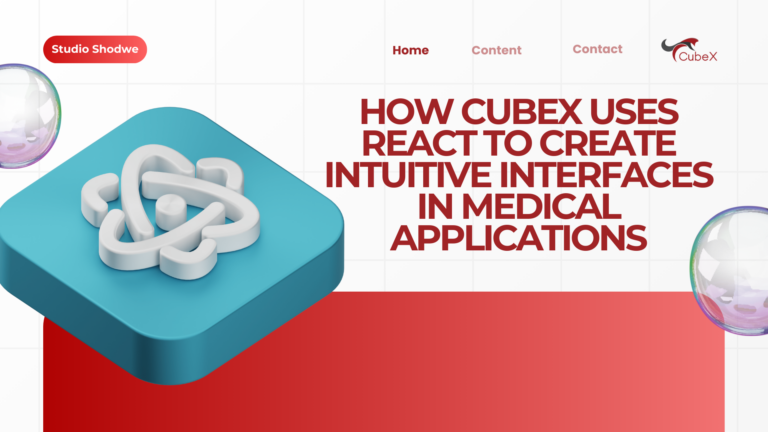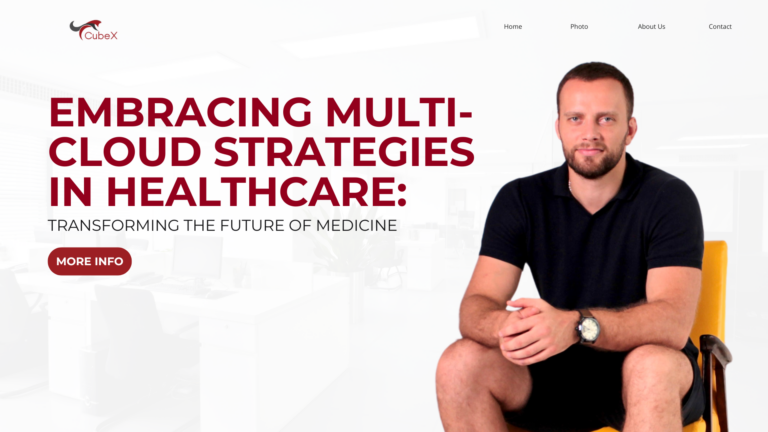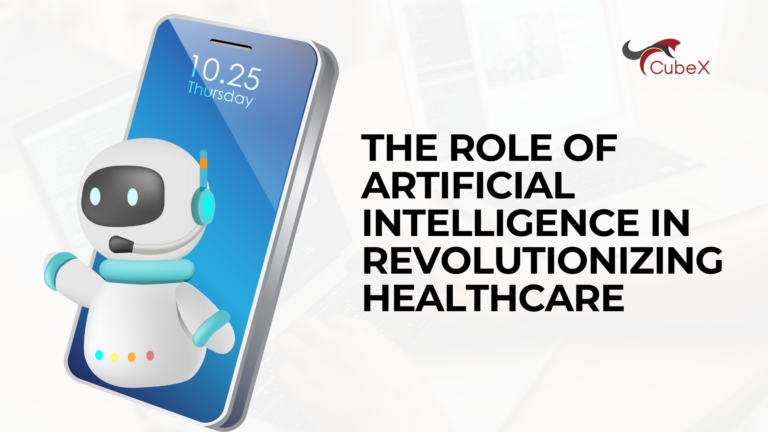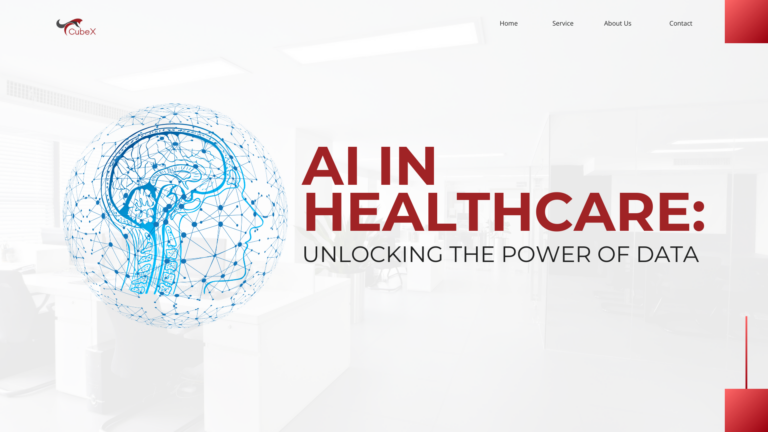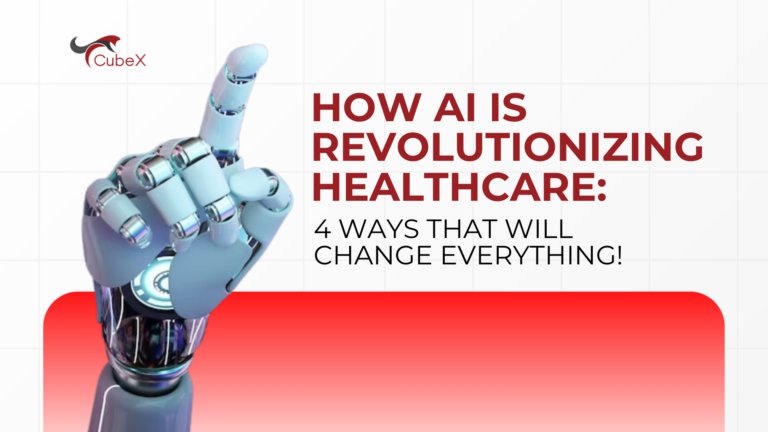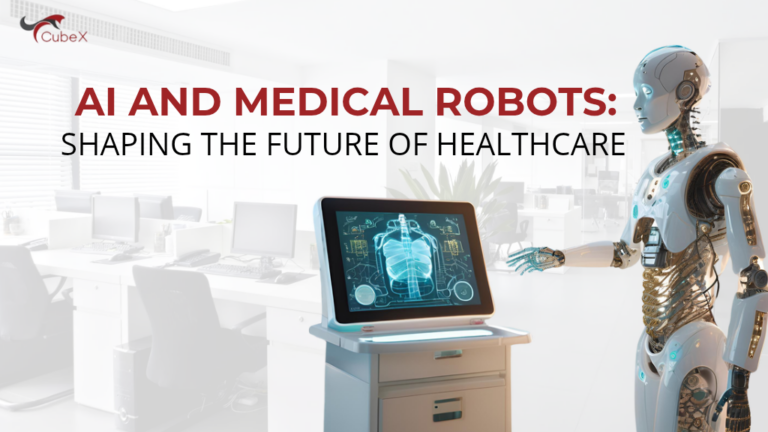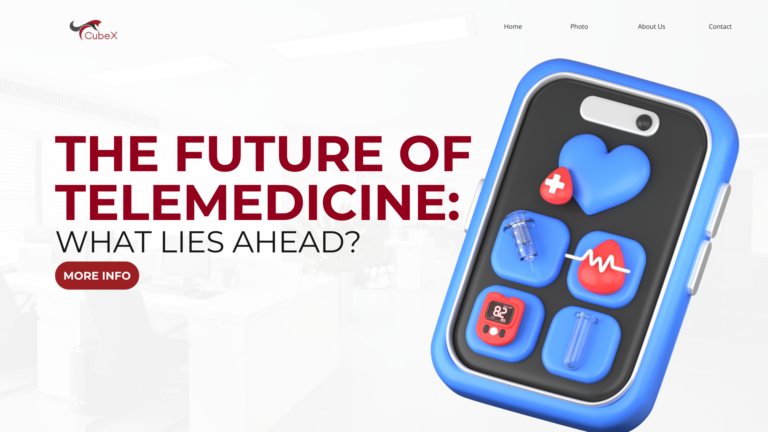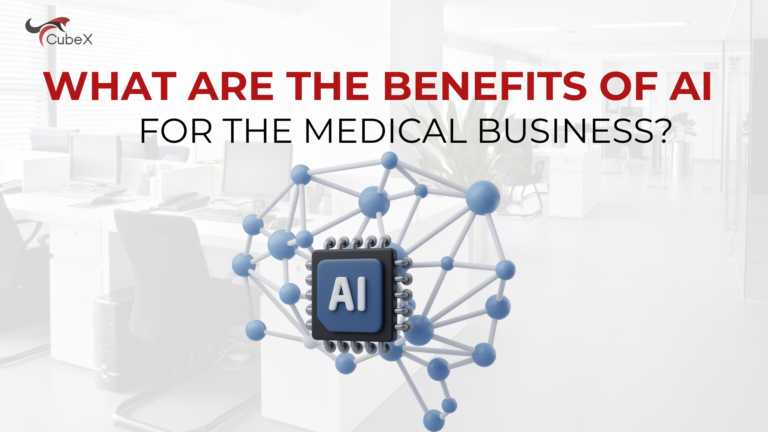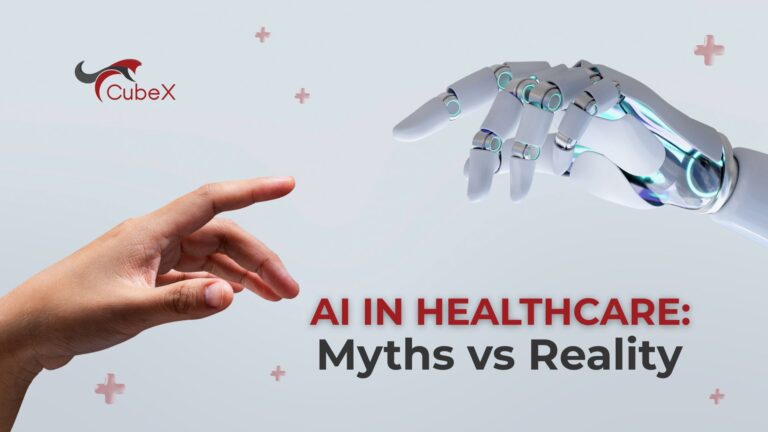The Future of IT in Veterinary Care: Transformations and Innovations

Introduction
The veterinary care industry, much like human healthcare, is undergoing significant changes driven by advancements in information technology. The future of veterinary care is poised to be shaped by innovations such as telemedicine, AI diagnostics, wearable technology, and advanced data analytics. These technologies promise to enhance the quality of care, improve operational efficiencies, and offer more personalized treatment options for pets and other animals. This article explores the emerging trends in IT within the veterinary sector, analyzing their potential impacts and the challenges that lie ahead.
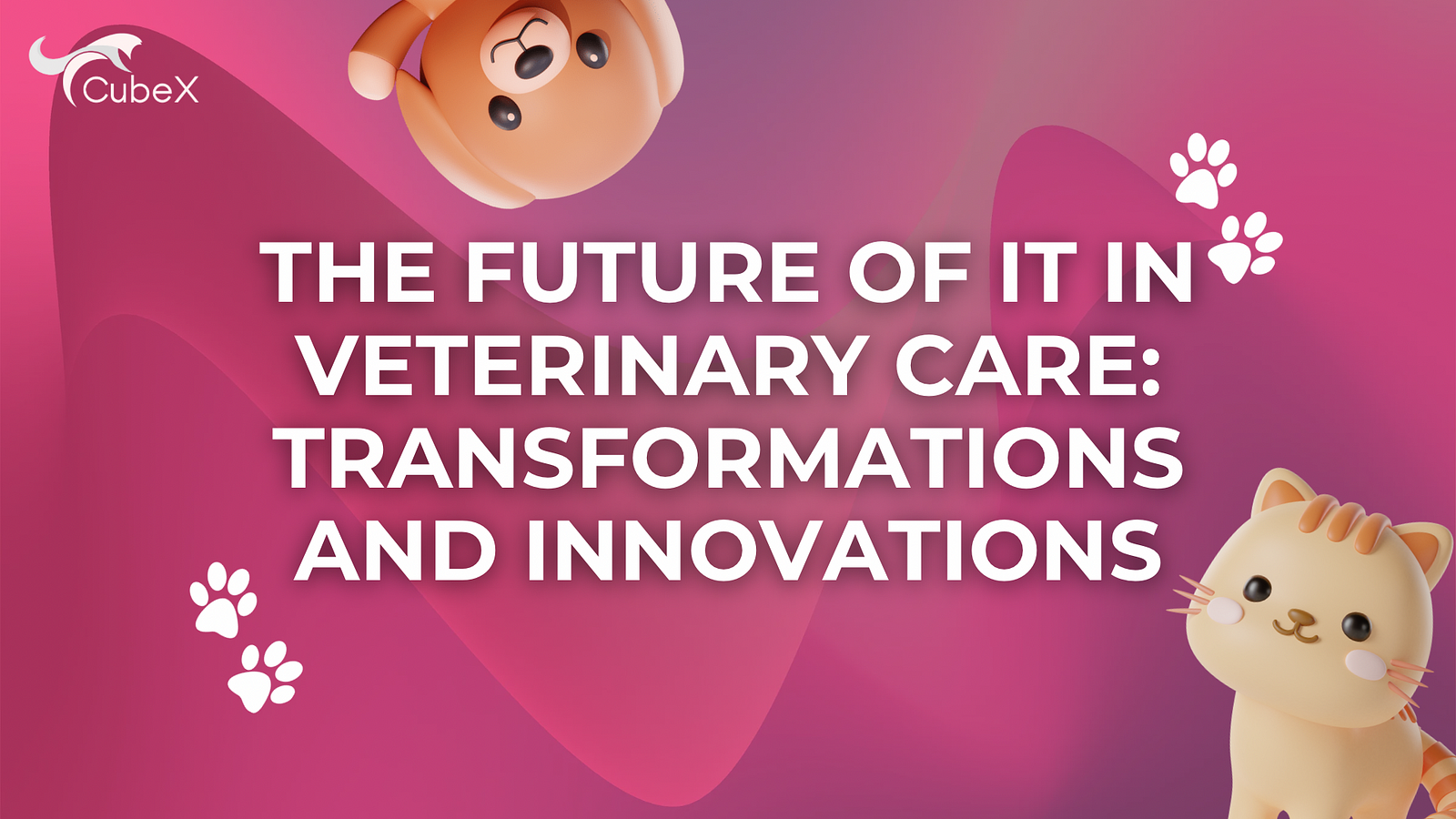
Emerging Technologies in Veterinary Care
1. Telemedicine
Telemedicine is revolutionizing veterinary care by making it more accessible. Pet owners can now consult with veterinarians remotely, reducing the need for in-person visits for non-critical issues. This is particularly beneficial for routine consultations, follow-ups, and minor health concerns. The COVID-19 pandemic has accelerated the adoption of telemedicine, highlighting its importance in maintaining continuity of care.
Impact:
– Accessibility: Increased access to veterinary care for pet owners in remote or underserved areas.
– Convenience: Reduced travel time and stress for both pets and owners.
– Efficiency: More efficient use of veterinary resources and time management.
2. AI and Machine Learning
Artificial Intelligence (AI) and machine learning are set to transform diagnostics and treatment planning in veterinary care. AI algorithms can analyze vast amounts of data quickly, aiding in the early detection of diseases and the development of personalized treatment plans.
Impact:
– Accuracy: Enhanced diagnostic accuracy through AI-powered imaging and analysis tools.
– Early Detection: Improved ability to detect diseases at earlier stages, increasing treatment success rates.
– Personalization: More tailored treatment plans based on individual animal health data.
3. Wearable Technology
Wearable devices for pets are becoming increasingly sophisticated, offering continuous monitoring of vital signs such as heart rate, temperature, and activity levels. These devices provide valuable data that can be used for preventive care and early intervention.
Impact:
– Monitoring: Continuous health monitoring leads to early detection of potential health issues.
– Preventive Care: Better data for preventive health strategies, reducing the incidence of severe conditions.
– Owner Engagement: Increased pet owner engagement and proactive involvement in their pets’ health.
4. Electronic Health Records (EHRs)
Electronic Health Records (EHRs) streamline the management of pet health information, making it easier for veterinarians to access and share data. EHRs improve the continuity of care by maintaining comprehensive and up-to-date health records.
Impact:
– Data Management: Improved accuracy and accessibility of health records.
– Collaboration: Easier collaboration among different veterinary care providers.
– Continuity: Enhanced continuity of care with complete and readily available health histories.
5. Data Analytics
Advanced data analytics enable veterinarians to identify trends and patterns in animal health data, improving decision-making and patient outcomes. Predictive analytics can also forecast disease outbreaks and inform public health strategies.
Impact:
– Decision-Making: Data-driven decision-making improves treatment outcomes.
– Trend Analysis: Ability to identify and respond to emerging health trends.
– Public Health: Enhanced capability to predict and manage disease outbreaks.
Challenges and Considerations
While the integration of IT in veterinary care holds great promise, it also presents several challenges that need to be addressed:
1. Data Privacy and Security
The handling of sensitive pet health information necessitates stringent data privacy and security measures.
Ensuring compliance with data protection regulations is crucial to maintain trust and protect against data breaches.
2. Cost and Accessibility
The initial cost of adopting advanced technologies can be a barrier for some veterinary practices, particularly smaller ones. Ensuring that these innovations are accessible to all practitioners, regardless of their financial resources, is essential for equitable care.
3. Training and Adoption
Veterinary professionals need adequate training to effectively utilize new technologies. Resistance to change and the learning curve associated with new tools can slow down the adoption process.
4. Ethical Considerations
The use of AI and other technologies in diagnosing and treating animals raises ethical questions about the extent of automation and the potential loss of human touch in care. Balancing technology with compassionate care is key.
Future Prospects
The future of IT in veterinary care is bright, with continued advancements expected in several areas:
1. Enhanced Diagnostic Tools
Further developments in AI and machine learning will likely lead to even more sophisticated diagnostic tools, improving the accuracy and speed of disease detection.
2. Personalized Medicine
The growing availability of health data from wearables and EHRs will support the development of personalized medicine approaches, tailoring treatments to individual animals based on their unique health profiles.
3. Integrative Platforms
Integrative platforms that combine various aspects of pet health management, from telemedicine to EHRs to wearable data, will provide a holistic view of an animal’s health, improving overall care.
4. Global Collaboration
Technological advancements will facilitate greater collaboration among veterinary professionals worldwide, leading to the sharing of knowledge, best practices, and innovative treatments.
Conclusion
The integration of IT into veterinary care is set to revolutionize the industry, offering new ways to diagnose, treat, and monitor animal health. While there are challenges to overcome, the potential benefits in terms of improved care quality, efficiency, and accessibility are immense. As these technologies continue to evolve, they will undoubtedly play a crucial role in shaping the future of veterinary medicine, ensuring better health outcomes for animals and greater peace of mind for pet owners.
Contact Us
Please contact us for any further information









